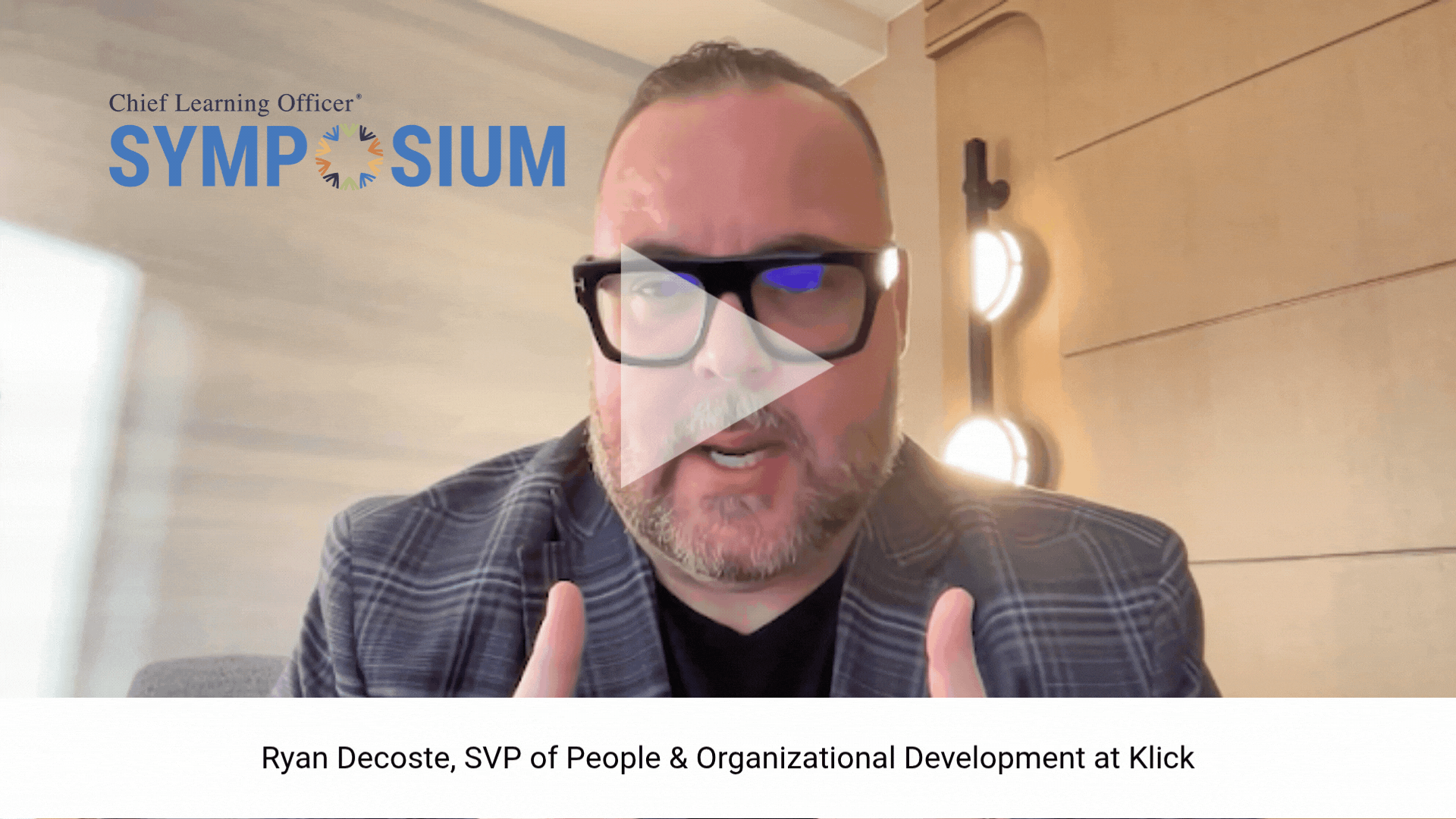-
The Changing Face of Simulations
Performance simulations can deliver dramatic results—from increasing customer satisfaction to decreasing the time needed to handle a help-desk call. As these tools evolve with technological changes, CLOs must adapt as well.
-
Reporting Results: Managing Measurement
The ability to provide valid measures of success for any learning program is key to achieving support for future initiatives. Knowledge training and assessment programs can provide data in multiple formats to transform learning business operations.
-
Randstad: Demonstrating Success in Learning
International staffing firm Randstad Holding, which connects approximately 250,000 provisional personnel to businesses in 17 countries every day, touts the motto, “We put people to work.” A corollary of that […]
-
Learning’s Role in Transforming the IT Workforce
Increasingly, CLOs are pulled into discussions on how to improve the productivity and performance of specific strategic workforces—sales, customer service, research and development, and the information technology workforce. The need […]
-
Stephen B. King: The Engine Behind Learning at Constellation Energy
As CLO for Constellation Energy, an energy supplier with a diversified fleet of generating units, multiple lines of business and customers in nearly three-dozen states and Canada, Stephen B. King must empower nearly 10,000 employees through learning.
-
Measuring Business Results Using Business Impact Analysis
Unless business leaders know how training benefits the business, they will continually decrease learning investments. Business impact analysis can help CLOs ensure their initiatives receive the dollars they need.
-
AT&T’s Golden Age of Training
Before the term “corporate university” was common, AT&T had one. Now that the telecommunications giant has merged with SBC, a former learning professional from the company takes a look back.
-
Leadership Development That Works
Despite continuing investments in leadership development, only a few top performers account for most organizations’ successes. What are the problems with current approaches to developing the top tier?
- BUDDY PASS NOW AVAILABLE on CLO Symposium Registration, CLO Accelerator Enrollment and Membership.
- BUDDY PASS NOW AVAILABLE on CLO Symposium Registration, CLO Accelerator Enrollment and Membership.
- BUDDY PASS NOW AVAILABLE on CLO Symposium Registration, CLO Accelerator Enrollment and Membership.
- BUDDY PASS NOW AVAILABLE on CLO Symposium Registration, CLO Accelerator Enrollment and Membership.

The overall performance of a business can be measured in a number of ways. Its success can be evaluated based on the organization’s training and learning programs, and its ability to adapt to change.










